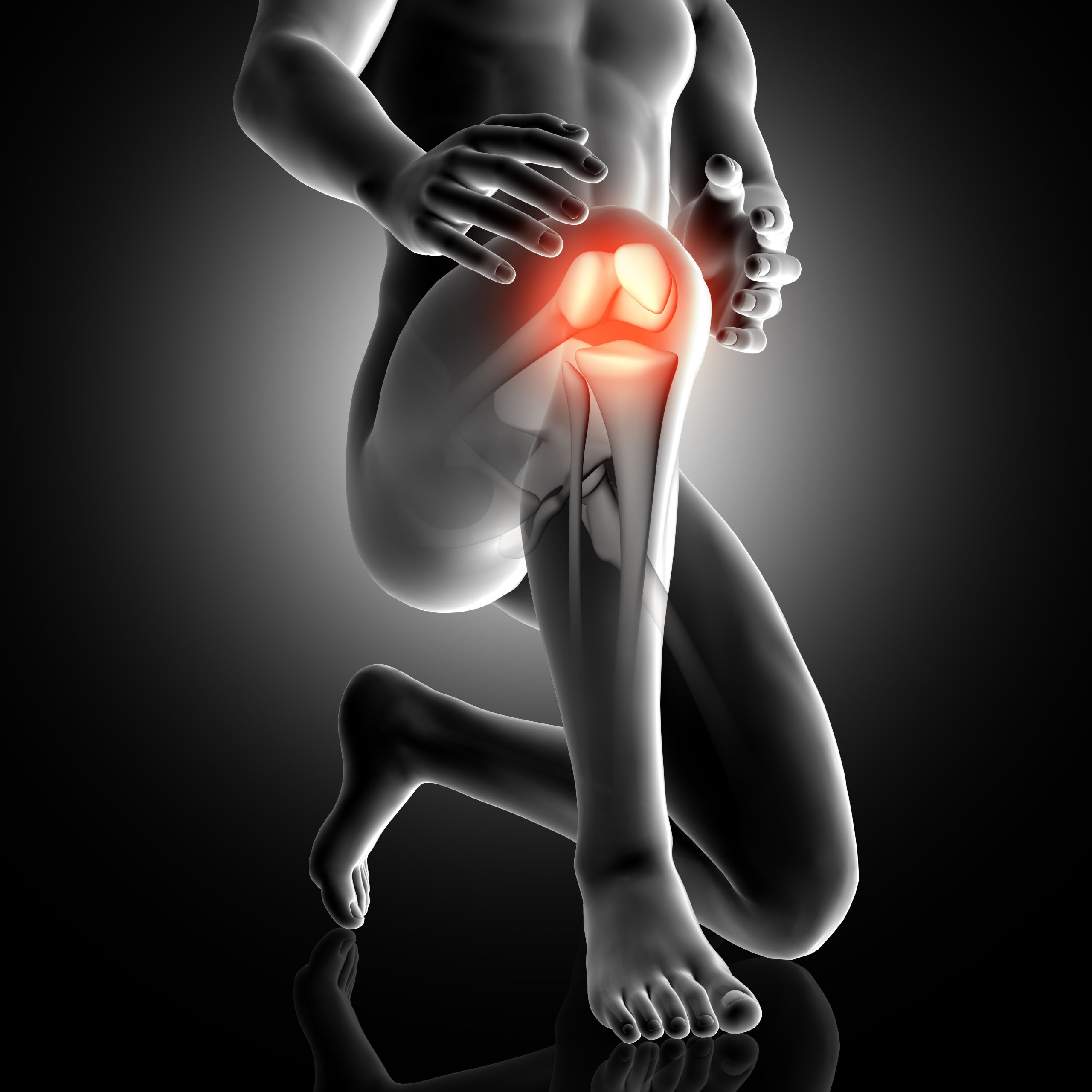

Scientists at the Wake Forest Institute for Regenerative Medicine (WFIRM) have developed an injectable cell therapy for osteoarthritis treatment that both decreases inflammation and regenerates articular cartilage.
The Food and Drug Administration recently declared osteoarthritis a public health issue, affecting over 520 million individuals worldwide who suffer from pain and inflammation. Osteoarthritis is commonly caused by mechanical or traumatic joint stress, resulting in damaged cartilage that cannot be healed naturally.
“Without a better understanding of what drives the initiation and progression of osteoarthritis, effective treatment has been limited,” said lead author Johanna Bolander of WFIRM. “Initially, we studied what goes wrong in osteoarthritic joints, compared these processes to functional environments, and used this information to develop an immunotherapy cell treatment.”
Osteoarthritis is a type of joint disease. The synovial membrane is a connective tissue that lines the inside surface of the joint. The membrane protects the joint by secreting a lubricating fluid including cell materials required to maintain a healthy environment and offers friction-free mobility.
When an injury develops in a healthy joint, the body creates an army of inflammatory cells and sends them to the injury site to help clean up the damaged tissues. In the osteoarthritic joint, however, a severe event causes synovial membrane inflammation and cartilage degradation.
“With time, the inflammation worsens, leading to degradation of the cartilage lining the joint bones and chronic inflammation in the surrounding tissues. For patients, this causes severe pain, and swelling and often limits daily activities,” said co-author Gary Poehling, MD, an orthopedic surgeon at Atrium Health Wake Forest Baptist.
The research team set out to discover what is happening in the osteoarthritic joint environment that prevents healing in this study, which was published in Science Advances, the journal of the American Association for the Advancement of Science.
“We evaluated whether the cell population present in the joint fluid environment lacked the capability to contribute to functional tissue repair, or if there is something in the environment that impairs their ability to do so,” said Gustavo Moviglia, Ph.D., a WFIRM researcher.
The researchers isolated cells from osteoarthritic patients’ joint fluid, separated the cells from the fluid, and studied them both alone and in the presence of autologous fluid. When the cells were separated from the fluid, they discovered that they could go through the procedures required for successful tissue repair. The cells’ capacities were hindered when a little percentage of the fluid was introduced back into the cell culture assay—they couldn’t complete their job—suggesting that the unique osteoarthritic environment stops them.
Based on these findings and what is known about functional tissue repair, a cell treatment that can overcome the inflammatory environment and regenerate cartilage was developed.
Cartilage-activated immune cells that target inflammation, combined with progenitor cells aid tissue regeneration,” said Anthony Atala, MD, senior author and director of WFIRM. “It’s really a dynamic communication between these two cell populations that are crucial for the efficacy of the treatment.”
The combination of cells results in the simultaneous therapy of various features of osteoarthritis: synovial inflammation, cartilage deterioration, subchondral bone sclerosis, and pain sensory neuron innervation.
The osteoarthritis treatment was studied in a pre-clinical model and shown to be capable of reversing cartilage degradation in the synovial membrane as well as reducing inflammation. A compassionate use study was done on nine individuals with verified osteoarthritis who each got one or two injections to evaluate clinical efficacy. Efficacy was assessed using pain and functional living scores, MRI scans before and after treatment, and a biopsy from one patient.
more recommended stories
 Brain’s Biological Age Emerges as Key Health Risk Indicator
Brain’s Biological Age Emerges as Key Health Risk IndicatorClinical Significance of Brain Age in.
 Children’s Health in the United States is Declining!
Children’s Health in the United States is Declining!Summary: A comprehensive analysis of U.S..
 Autoimmune Disorders: ADA2 as a Therapeutic Target
Autoimmune Disorders: ADA2 as a Therapeutic TargetAdenosine deaminase 2 (ADA2) has emerged.
 Is Prediabetes Reversible through Exercise?
Is Prediabetes Reversible through Exercise?150 Minutes of Weekly Exercise May.
 New Blood Cancer Model Unveils Drug Resistance
New Blood Cancer Model Unveils Drug ResistanceNew Lab Model Reveals Gene Mutation.
 Healthy Habits Slash Diverticulitis Risk in Half: Clinical Insights
Healthy Habits Slash Diverticulitis Risk in Half: Clinical InsightsHealthy Habits Slash Diverticulitis Risk in.
 Caffeine and SIDS: A New Prevention Theory
Caffeine and SIDS: A New Prevention TheoryFor the first time in decades,.
 Microbial Metabolites Reveal Health Insights
Microbial Metabolites Reveal Health InsightsThe human body is not just.
 Reelin and Cocaine Addiction: A Breakthrough Study
Reelin and Cocaine Addiction: A Breakthrough StudyA groundbreaking study from the University.
 Preeclampsia and Stroke Risk: Long-Term Effects
Preeclampsia and Stroke Risk: Long-Term EffectsPreeclampsia (PE) – a hypertensive disorder.

Leave a Comment